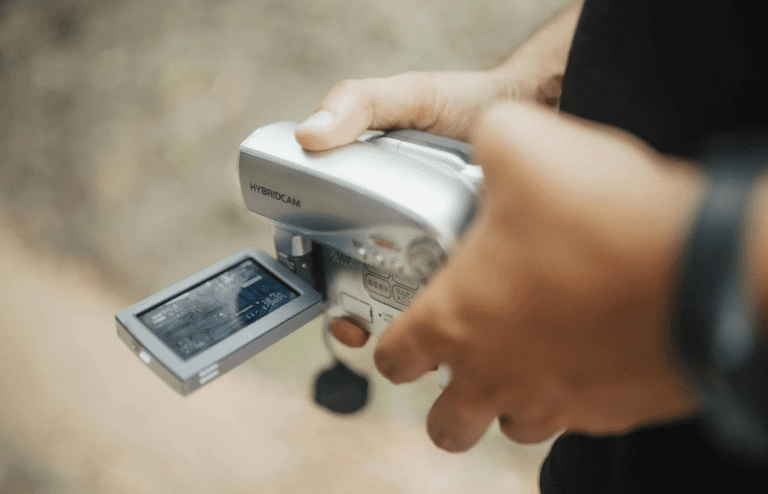It’s bug season! For most of the US, memories of cold weather are fading… and the bugs are emerging!
Scientists estimate there are 5.5 To 10 million different species of insects on Earth. When it comes to your home, these ten destructive and dangerous insects love to make their nests there. Here’s what you need to know.
10. Bed Bugs
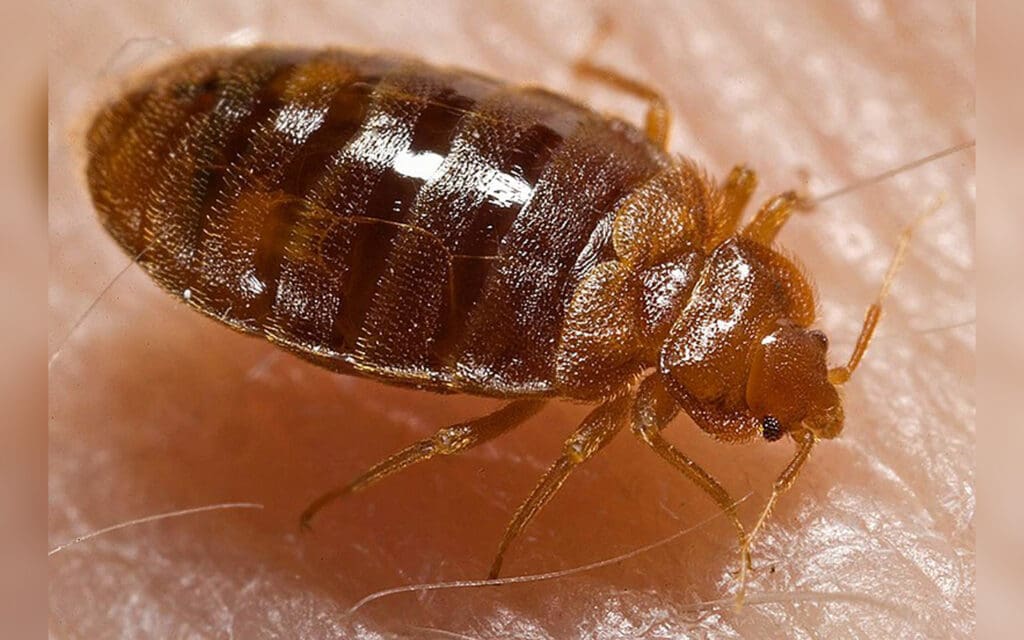
Bed Bug infestation has become more common in recent years. They feed on blood at night. Their bites can lead to skin rashes, prominent blisters, allergic symptoms, and fever. Eliminating bed bugs can be difficult, as they can survive 300 days without feeding. Repeated treatments of a home may be required.
9. Ants
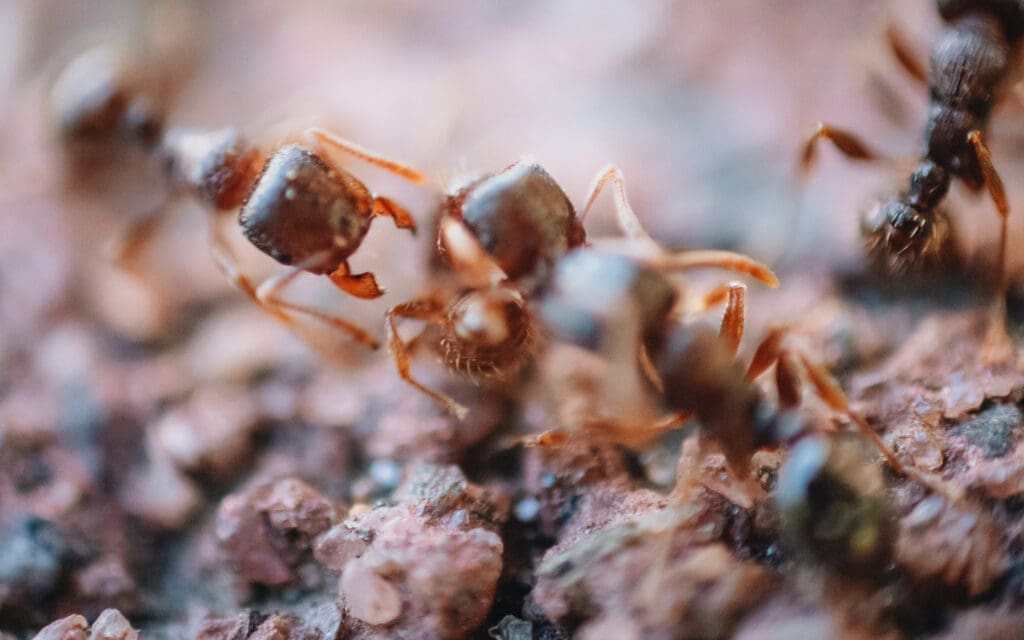
Ants are on nearly every landmass on Earth. While they are not structurally damaging to your home, or necessarily harmful to humans in America, they can be a major nuisance. Ant bait that workers carry back to the nest to poison the colony and Queen is the best way to get rid of these pests.
8. Cockroaches
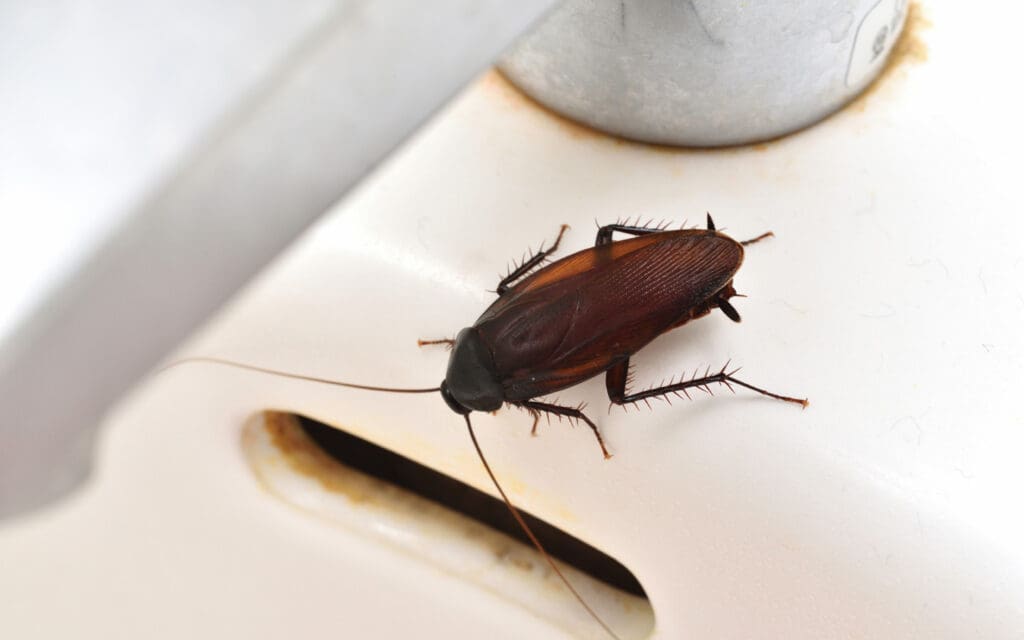
There are around 4,600 species of Cockroaches, but only 30 of these are associated with human habitats. Still, that’s enough. They multiply rapidly and can become a major nuisance quickly. Cockroaches can spread germs and worsen allergies and asthma. They are resilient and can be difficult to eliminate.
7. Fleas
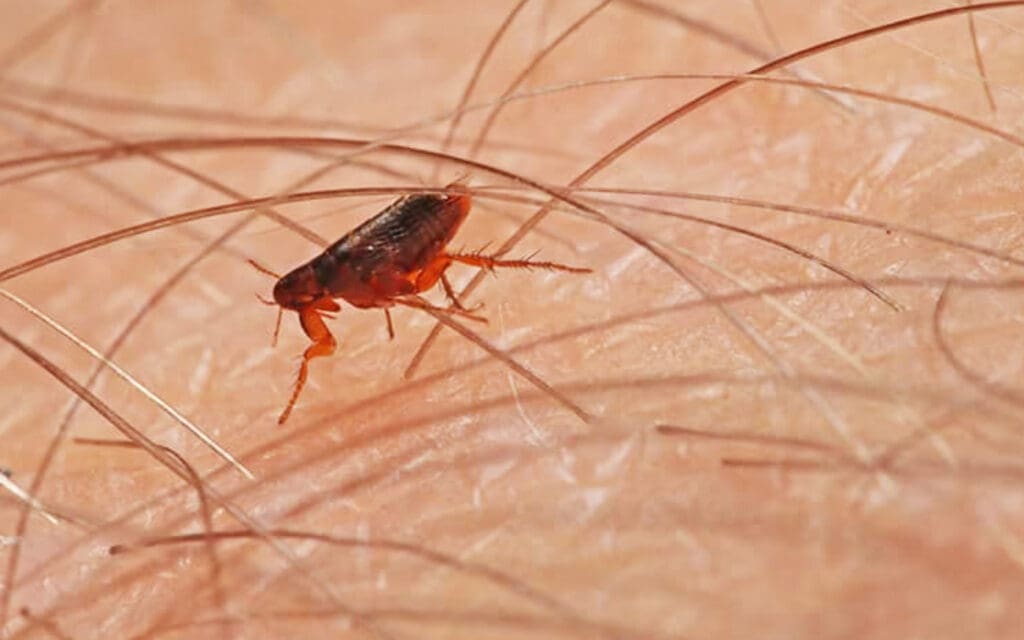
Fleas are biting pests that can be carried into your home by your canine and feline companions. They can lay eggs and quickly take over your home. Treating your pets for fleas, using bug bombs, and other remedies can help rid your home of these blood-sucking insects. Fleas can also carry plague.
6. Wasps
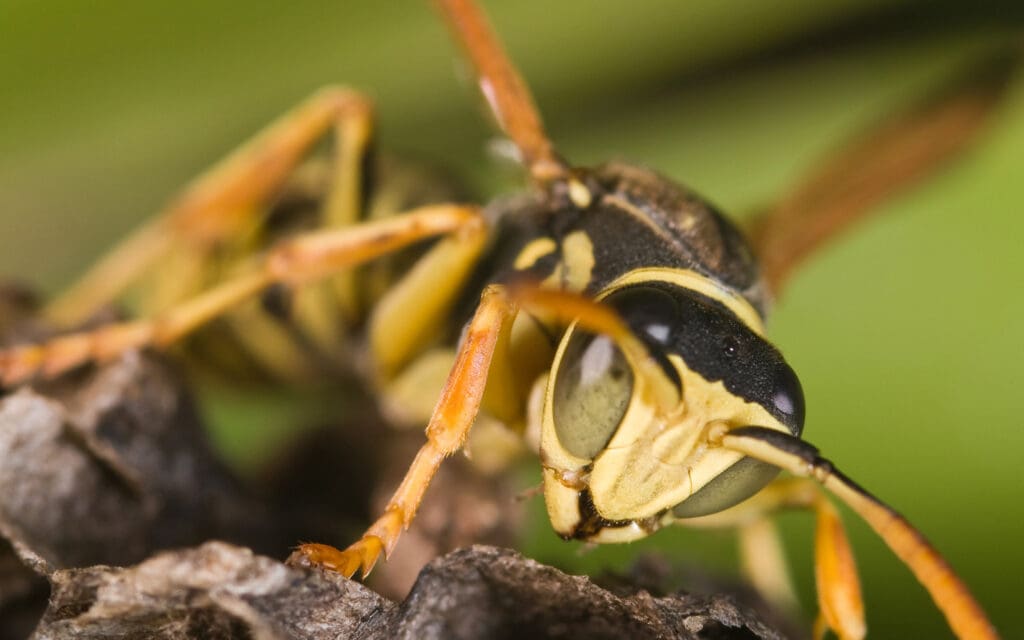
Wasps can build nests all around your home, in the eaves of your roof, or even in your attic. They are very protective of their nests and will defend against anyone who comes too close by stinging. These stings can be very painful. Rarely, some people can suffer life-threatening anaphylactic shock.
5. Spiders
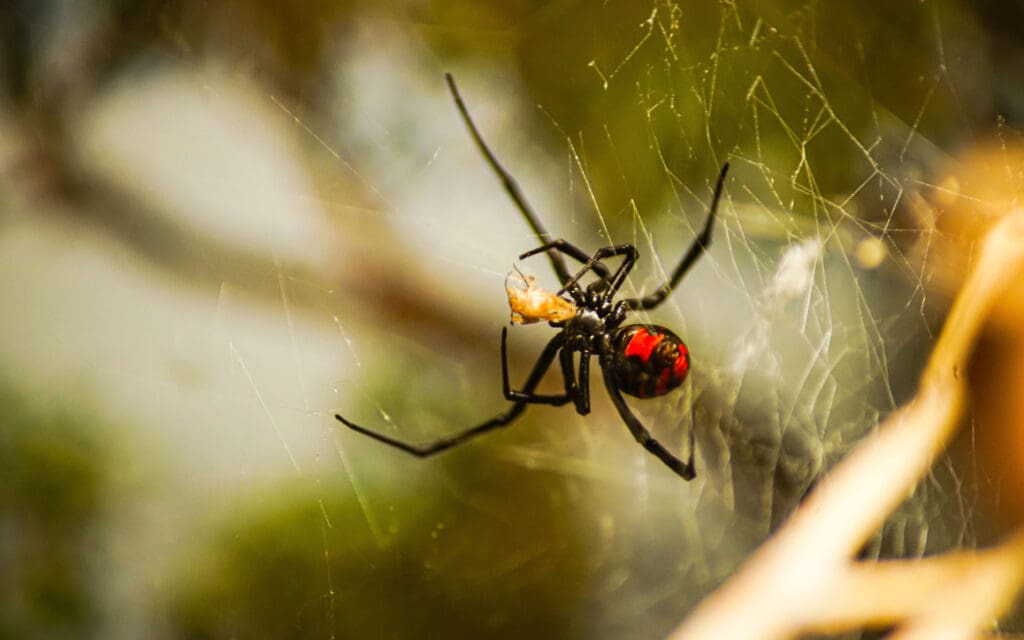
A wide variety of spiders like to spin their webs in their homes. In North America, three species are quite dangerous for humans: The black widow, the brown recluse, and the Chilean recluse. These spiders love hiding in dark places Their bites require medical attention. The brown recluse spider has potent tissue-destroying venom.
4. Bees
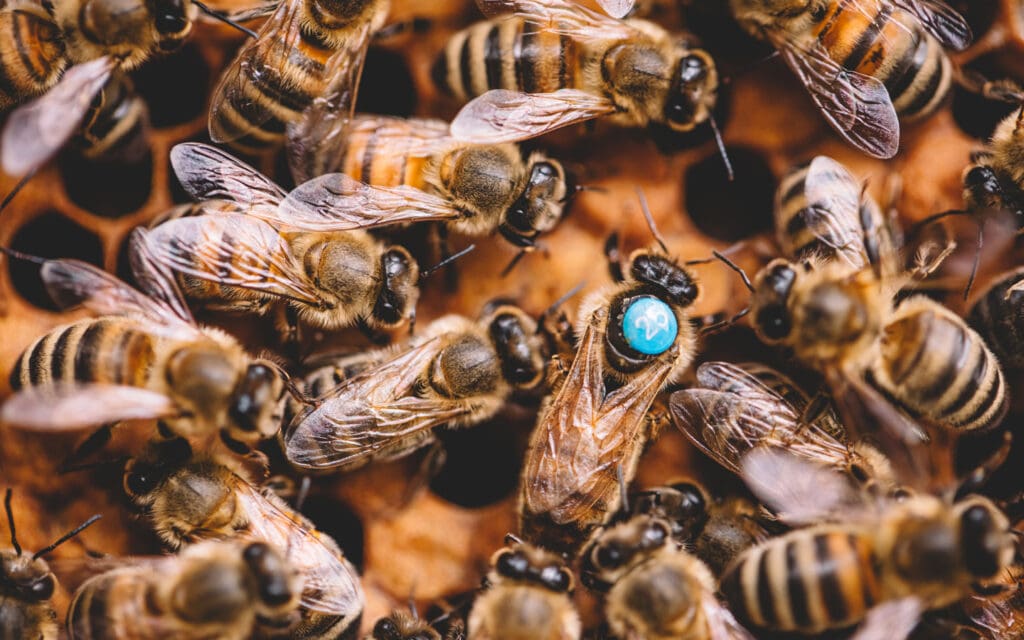
Bees may build their nest around your home, in your attic, or even in the walls. When bees feel threatened, such as when swatted at, stepped on, or disturbed, they may sting. In areas of the US where there are Africanized honeybees, multiple bees may attack at once. The danger comes in receiving too much venom, which can be deadly.
3. Mosquitoes
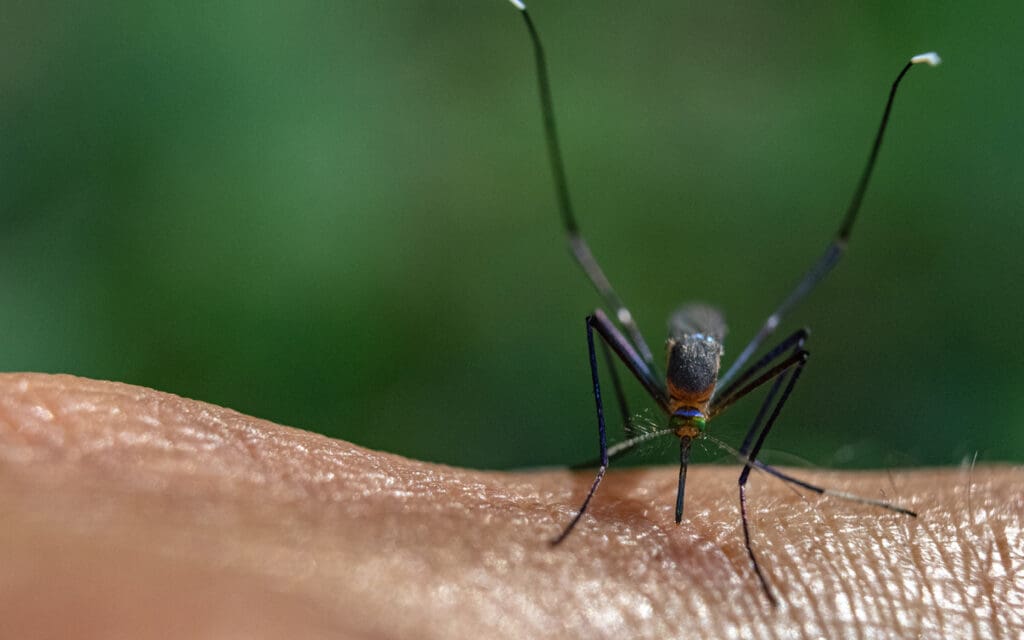
Mosquitoes enter your home through open doors and windows. Besides causing itchy bites, mosquitoes are carriers of numerous types of bacteria, viruses, and protozoan parasites. These can be passed on both to humans and animals. In the US, mosquitoes are known to transmit West Nile virus, Zika virus, encephalitis, and canine heart worm.
2. Ticks
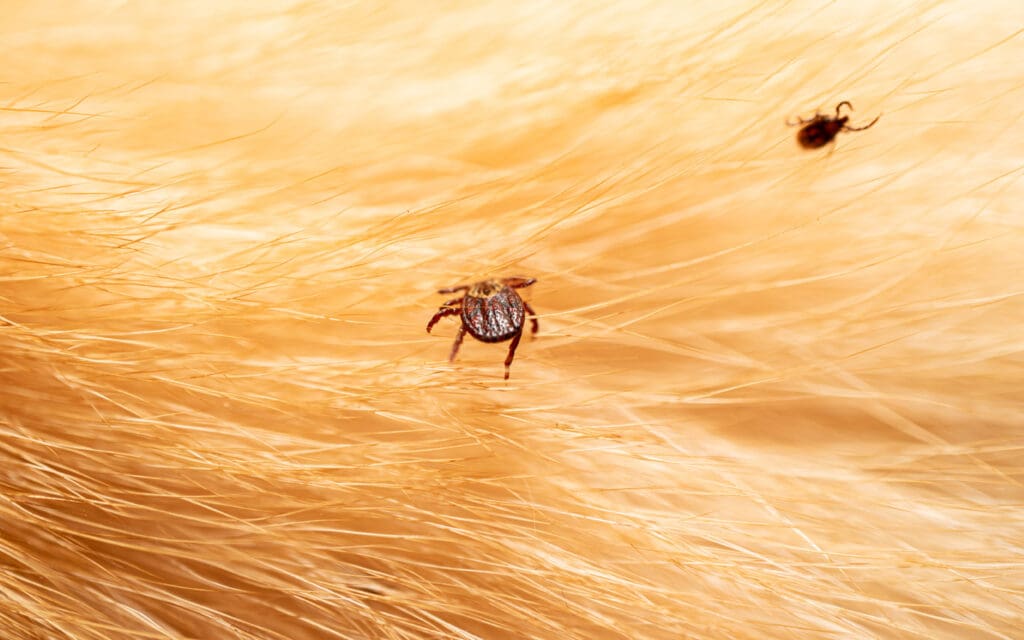
Ticks can enter your home by hitching a ride on your pet. Ticks are carriers of numerous types of bacteria, viruses, and parasites. In the United States, common diseases tics can transmit include Lyme disease, babesiosis, ehrlichiosis, Rocky Mountain Spotted Fever, anaplasmosis, Southern Tick-Associated Rash Illness, Tick-Borne Relapsing Fever, and tularemia.
1. Termites
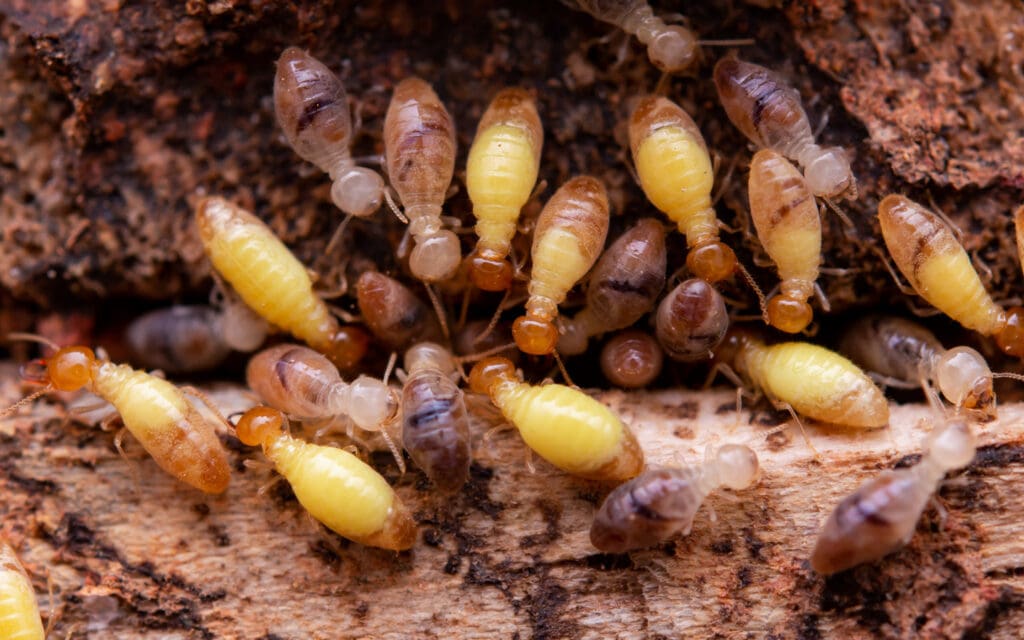
Termites live underground and can enter your home through any parts that make contact with the ground, like cracks in the foundation, or through untreated wood. These pests can do significant damage and destruction to your home, if unprotected. Termites eat cellulose and find it in wood, carpet, insulation, sheetrock paper, cardboard, wallpaper, furniture, and more.
Read More: What Is ‘Bed Rotting’ and Why is it Trending with Gen-Z?




